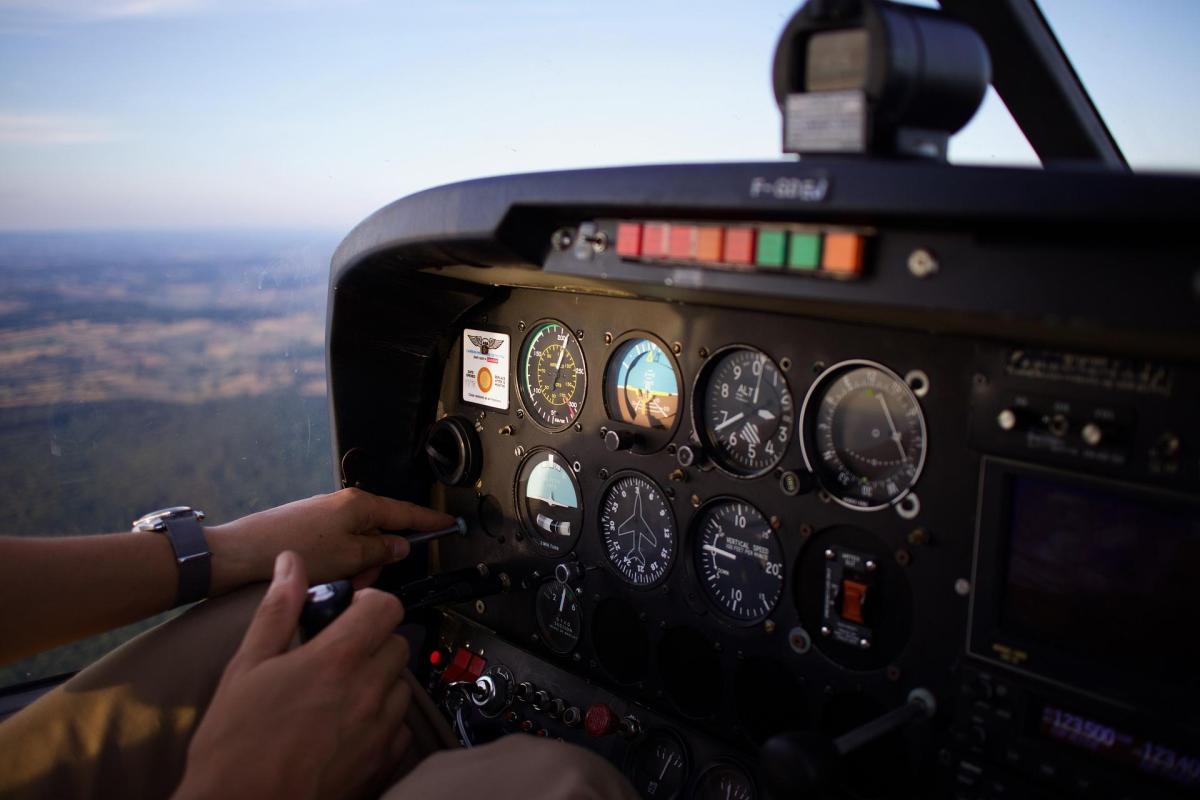Understanding Synchro NMEA Standard
Table of Contents
- Introduction
- Historical Context of Synchro and NMEA Standards
- Overview of the Synchro NMEA Standard
- Technical Specifications
- 4.1. Data Structures
- 4.2. Communication Protocols
- 4.3. Synchronization Mechanisms
- Applications and Use Cases
- 5.1. Marine Navigation Systems
- 5.2. Aerospace and Defense
- 5.3. Industrial Automation
- Benefits of Implementing the Synchro NMEA Standard
- Challenges and Considerations
- 7.1. Compatibility Issues
- 7.2. Data Integrity and Security
- Future Trends and Developments
- Conclusion
1. Introduction
In an era where precision and synchronization are critical, the Synchro NMEA Standard emerges as a pivotal framework. This white paper aims to offer a comprehensive understanding of the Synchro NMEA Standard, elucidating how it facilitates seamless communication and synchronization in various data systems. By delving into its history, technical specifications, applications, and future outlook, this document provides valuable insights for professionals and enthusiasts alike.
2. Historical Context of Synchro and NMEA Standards
2.1. The Genesis of Synchro Technology
Synchro technology dates back to the early 20th century, primarily developed for military and aerospace applications. It represents a method of transmitting angular position data using electromagnetic principles. Synchro systems, also known as synchro resolvers, have historically been employed in aircraft instrumentation and radar systems, offering high precision and reliability.
2.2. The Emergence of NMEA Standards
The National Marine Electronics Association (NMEA) established its standards in the late 1960s to address the need for interoperability among marine electronic devices. Initially focused on navigation systems, NMEA standards have evolved to encompass a broader range of marine electronics, including GPS receivers, sonar systems, and communication devices.
2.3. The Convergence of Synchro and NMEA Standards
The integration of Synchro technology with NMEA standards marks a significant advancement in data synchronization and communication. This convergence addresses the growing need for accurate, real-time data exchange in marine, aerospace, and industrial applications, paving the way for more efficient and reliable systems.
3. Overview of the Synchro NMEA Standard
The Synchro NMEA Standard represents a hybrid framework that combines the robust synchronization capabilities of Synchro technology with the standardized communication protocols of NMEA. This integration aims to streamline data exchange and enhance the precision of synchronized systems.
3.1. Definition and Scope
The Synchro NMEA Standard defines a set of protocols and data formats that enable the precise synchronization of data between various systems. It specifies how data should be transmitted, received, and processed to ensure consistency and accuracy across different devices and applications.
3.2. Key Objectives
The primary objectives of the Synchro NMEA Standard include:
- Enhanced Synchronization: Ensuring that data from different sources is accurately aligned in time.
- Interoperability: Facilitating seamless communication between devices from different manufacturers.
- Data Integrity: Maintaining the accuracy and consistency of transmitted data.
4. Technical Specifications
4.1. Data Structures
The Synchro NMEA Standard defines specific data structures for representing synchronization information. These structures include:
- Data Packets: Standardized formats for transmitting synchronization signals and status information.
- Message Formats: Protocols for encoding and decoding data to ensure compatibility between systems.
4.2. Communication Protocols
Communication within the Synchro NMEA Standard relies on established protocols to ensure reliable data exchange. Key protocols include:
- NMEA 0183: A widely adopted standard for serial communication in marine electronics, providing a framework for data transmission.
- NMEA 2000: A more recent standard that utilizes a Controller Area Network (CAN) for higher data throughput and improved reliability.
4.3. Synchronization Mechanisms
Synchronization mechanisms within the Synchro NMEA Standard involve:
- Time Stamping: Accurate recording of data transmission times to ensure alignment.
- Signal Calibration: Adjusting synchronization signals to account for delays and discrepancies.
5. Applications and Use Cases
5.1. Marine Navigation Systems
In marine navigation, the Synchro NMEA Standard plays a crucial role in integrating various systems such as GPS receivers, sonar units, and autopilots. Accurate synchronization of navigation data is essential for safe and efficient maritime operations.
5.2. Aerospace and Defense
In aerospace and defense applications, the standard enhances the synchronization of avionics systems, radar arrays, and missile guidance systems. Precision in data synchronization is critical for mission success and operational safety.
5.3. Industrial Automation
Industrial automation systems benefit from the Synchro NMEA Standard by ensuring synchronized data exchange between sensors, controllers, and actuators. This leads to improved process control and system efficiency.
6. Benefits of Implementing the Synchro NMEA Standard
6.1. Improved Accuracy
The standard provides a robust framework for ensuring data accuracy, which is vital in applications requiring high precision.
6.2. Enhanced Interoperability
By adhering to standardized protocols, devices from different manufacturers can communicate seamlessly, reducing compatibility issues.
6.3. Increased Reliability
The synchronization mechanisms within the standard enhance the reliability of data exchange, minimizing errors and improving system performance.
7. Challenges and Considerations
7.1. Compatibility Issues
Despite the advantages, implementing the Synchro NMEA Standard may present compatibility challenges, particularly when integrating legacy systems with newer technologies.
7.2. Data Integrity and Security
Ensuring data integrity and security is paramount, as synchronization errors or security breaches can have significant consequences in critical applications.
8. Future Trends and Developments
The future of the Synchro NMEA Standard is likely to be shaped by advancements in technology, including:
- Integration with IoT: Expanding the standard’s applicability to Internet of Things (IoT) devices.
- Enhanced Data Security: Developing new mechanisms to safeguard against data breaches.
- Increased Data Throughput: Improving protocols to accommodate higher data rates and more complex applications.
9. Conclusion
The Synchro NMEA Standard represents a significant advancement in the field of data synchronization and communication. By combining the precision of Synchro technology with the standardized protocols of NMEA, it offers a comprehensive solution for various applications, from marine navigation to industrial automation. As technology continues to evolve, the standard is expected to adapt, providing ongoing benefits in terms of accuracy, interoperability, and reliability.





